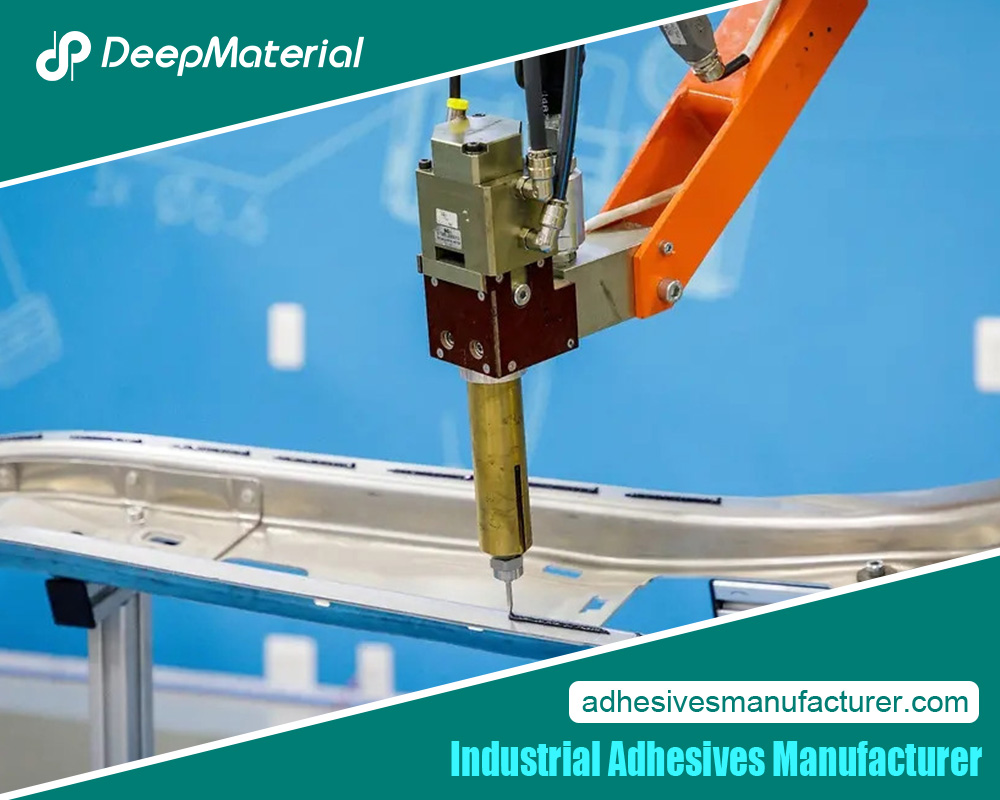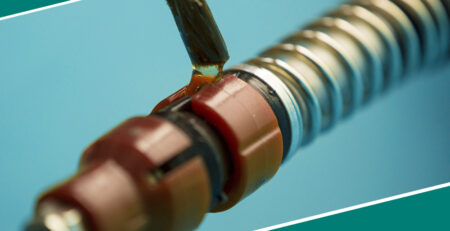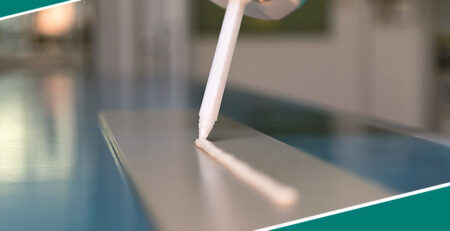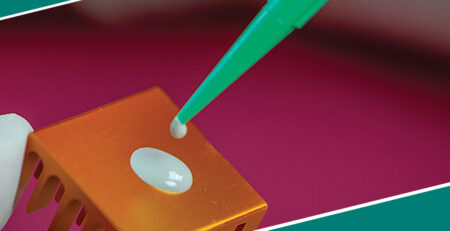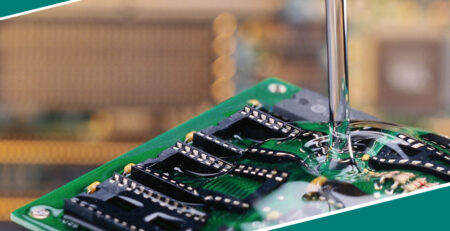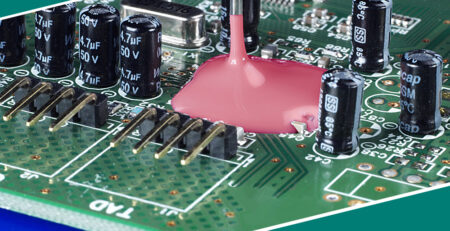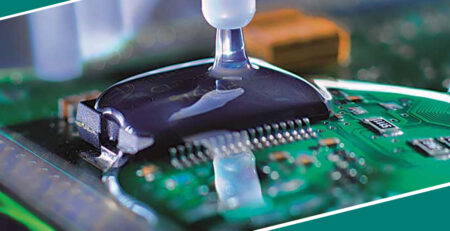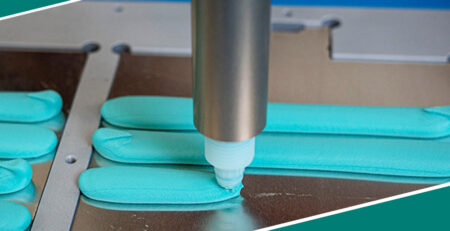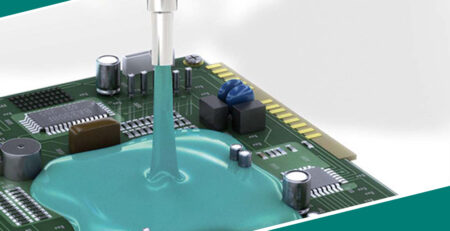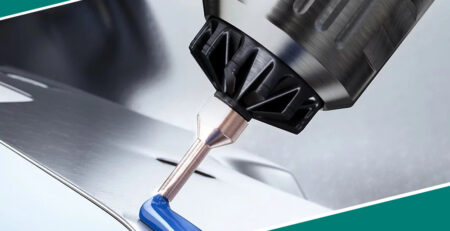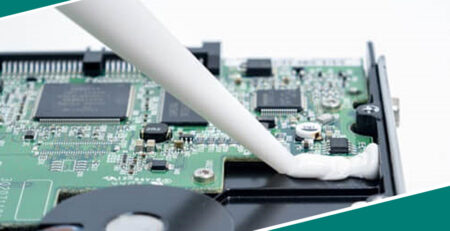Common types of industrial bonding adhesives
Common types of industrial bonding adhesives
Adhesives are surely a vital part of industrial manufacturing due to the immense benefits they offer to manufacturing. Almost all major manufacturing industries use adhesives of one kind or another. Mostly they are used in the automotive, electronics, aerospace, and construction industries. When it comes to adhesives there is a wide range of options available at your disposal. Each type of adhesive has some specialty for which it is preferred in manufacturing, product assembly, or repair. Some adhesives have more bonding strength, while others are more durable and reliable. The features of adhesives largely depend upon the material with which they are formulated. With a lot of available options, it can be challenging to choose from Industrial bonding adhesives. To make you acquainted with various types of bonding adhesives, this article is dedicated to discussing in detail the common types of adhesives. Here, you can find the characteristics, advantages, applications, and limitations of all types of commonly available Industrial bonding adhesives.
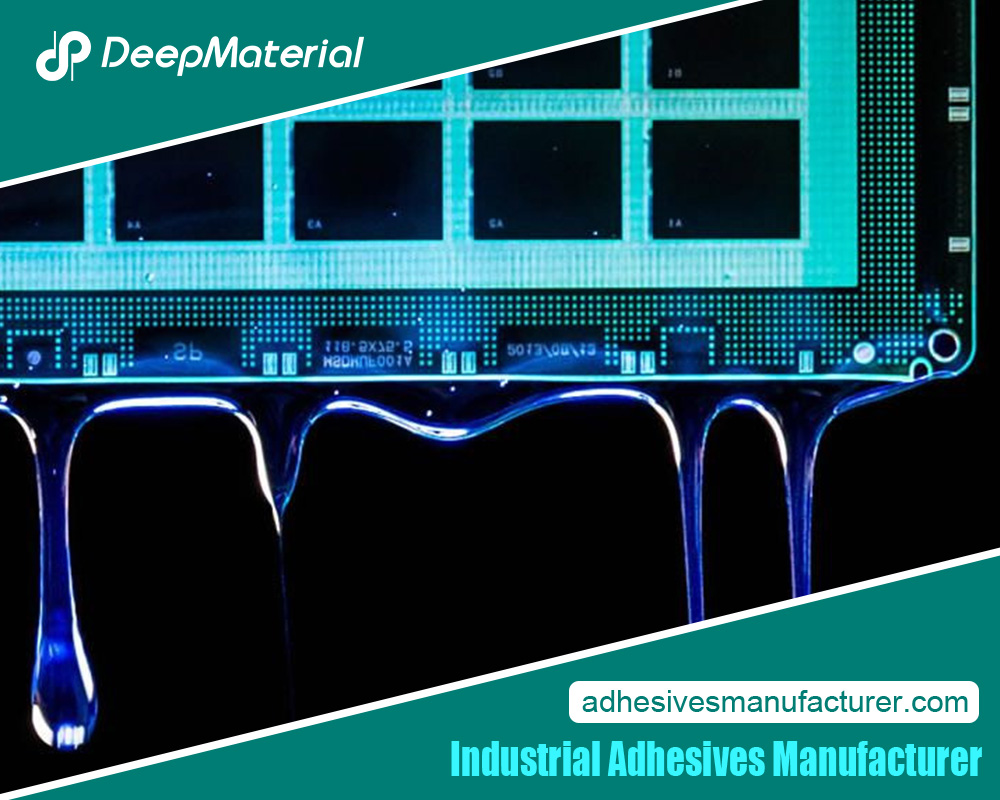
Epoxy Adhesives: Epoxy adhesives are composed of mixing epoxy resins and a hardener in a specified proportion. When these two components mix together, they undergo a chemical reaction that initiates the bonding instantly. The proportion of resins and hardeners can be altered to create alternate formations. Also, sometimes additives are added These adhesives are famous for their chemical resistance, versatile application, and bonding strength. These adhesives have shear strength which is why they are deemed appropriate for load-bearing applications. They are extensively used in electronic assembly, structural bonding and composite manufacturing. Though these adhesives have immense benefits you need to be careful during their application. They need a precise ratio of epoxy resins and hardener, if the ratio is not adequate then you won’t get the desired results. In addition, you also require surface preparation before application or else you wont get the optimal performance.
Cyanoacrylate adhesives:
Cyanoacrylate adhesives are also famous as superglue owing to their quick bonding capabilities. These adhesives need moisture to initiate the bonding. When they come in contact with moisture they instantly initiate the bonding and form a strong bond at once. They are known for their ability to create bonds with various substrates including metals, plastics, and rubbers. These adhesives are extensively used in repairing delicate items, bonding small parts, and electronics assembly. These adhesives offer unparalleled bonding but they still have a limitation. They can get brittle and also are not durable enough when exposed to high-stress environments. This restricts their application as most of the industrial environments are harsh and need an adhesive that can withstand harsh environments without losing its bonding abilities.
Polyurethane Adhesives: These adhesives are known for their weather resistance properties, flexibility in usage, and balance of strength. These qualities make these adhesives so desirable that they are opted for diverse applications. These adhesives can be bonded with various substrates including composite materials, plastics, metals, and even wood. If you need a strong adhesive that can withstand harsh environmental factors then these adhesives are the perfect choice for you. They can resist temperature fluctuations, and moisture, and are resistant to chemicals which makes these perfect for outdoor applications. Though these adhesives are great when used under harsh environmental conditions they have one major limitation as well. They need long cure times in comparison to other adhesives. If you need instant bonding then these adhesives might not impress you.
Acrylic Adhesives: Acrylic adhesives are known for their impact resistance, high bonding strength, and durability in application. These adhesives are also known by the name structural acrylics so if you find this adhesive with this name then do not get confused because they both are the same thing. These adhesives can be bonded with various substrates like composites, plastics, and metals. These adhesives are specially used for bonding transparent materials. They are also used owing to their UV resistance which is a unique quality. This mix of qualities makes these adhesives the ideal choice for outdoor applications. These adhesives can be cured when exposed to pressure and heat. These adhesives offer instant curing and are deemed perfect for instant curing, quick assembly times, and high productivity.
Silicone Adhesives: Silicone adhesives are famous for their electrical insulation, heat resistance, and flexibility. They offer durable and rigid bonds with the substrates. They can create bonds with various substrates including plastics, ceramics, metals, and glass. These adhesives have some compelling qualities that make them extremely useful such as their resistance to temperature variation, resistance towards chemicals, and moisture. These features make them ideal for outdoor application and use in harsh environments. These adhesives are mostly used for potting applications, bonding, and sealing. But to use these adhesives to get the desired performance, you need to treat the surface before application or else you won’t get the results you are looking for.
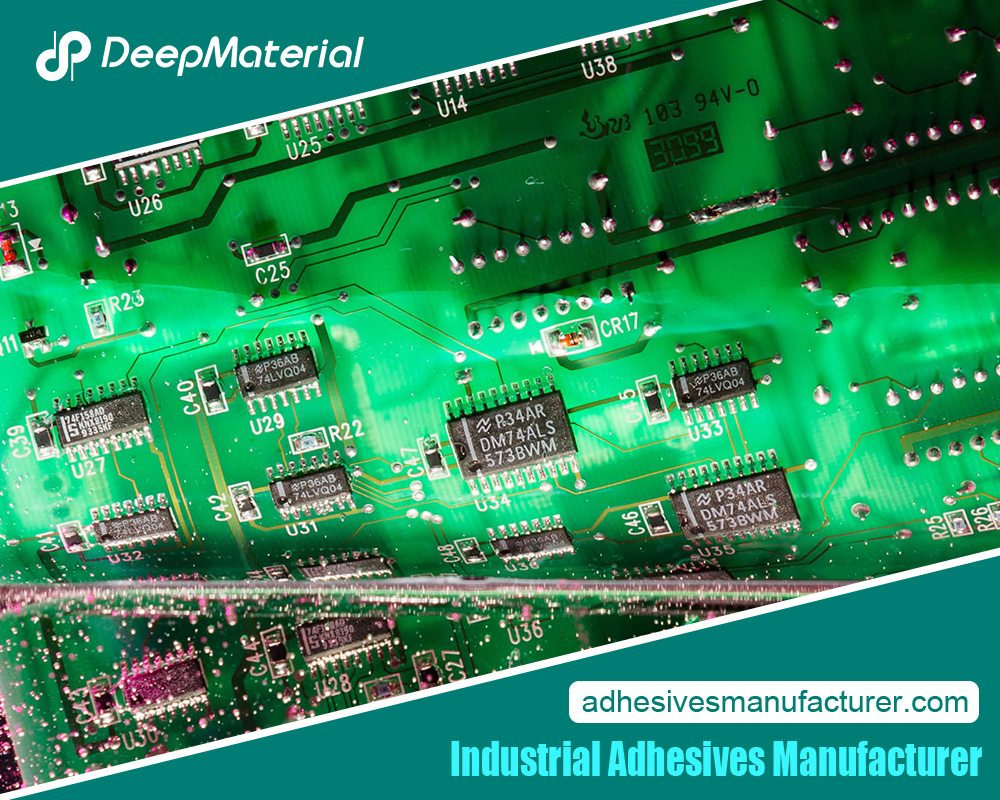
Pressure-sensitive adhesives or PSA: As the name suggests, pressure-sensitive adhesives can be bonded by applying light pressure. You don’t require heat, moisture, or any other solvent to initiate the bonding. This way you can achieve instant bonding with these adhesives. These adhesives can be bonded with various substrates such as paper, metal, and plastic. They are widely used in adhesive tapes, labels, and graphic films. These adhesives are also famous for their ability to reportion and remove which makes them ideal for temporary bonding. Though they are the perfect choice for instant bonding their bonding strength can vary with the substrate and they sometimes require surface conditioning before applying or else you won’t get the desired results.
Anaerobic Adhesives: Anaerobic Adhesives are also known as retaining compounds and thread lockers. These adhesives need a special curing environment. They need metal ions for curing and the absence of air or else they won’t be cured. They are widely used for sealing threaded fasteners, locking, and preventing loose bonds. If the substrate you want to cure is exposed to corrosion and vibration then you can use these adhesives to prevent the loosening. These adhesives offer chemical resistance, temperature resistance, and high bonding strength. However, you need to choose tolerance and a clean surface for perfect adhesion when using anaerobic adhesives.
For more about a common types of industrial bonding adhesives, you can pay a visit to Deepmaterial at https://www.adhesivesmanufacturer.com/ for more info.

